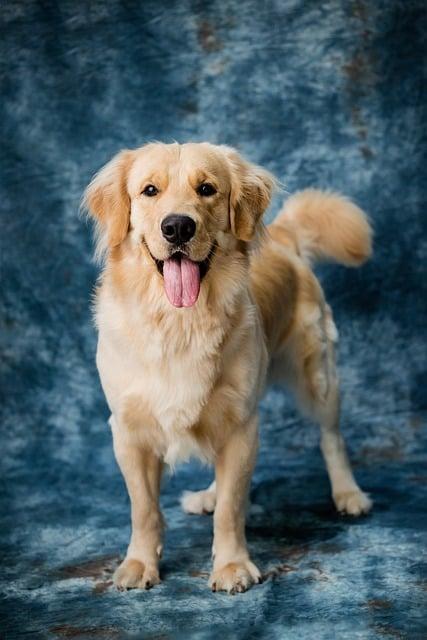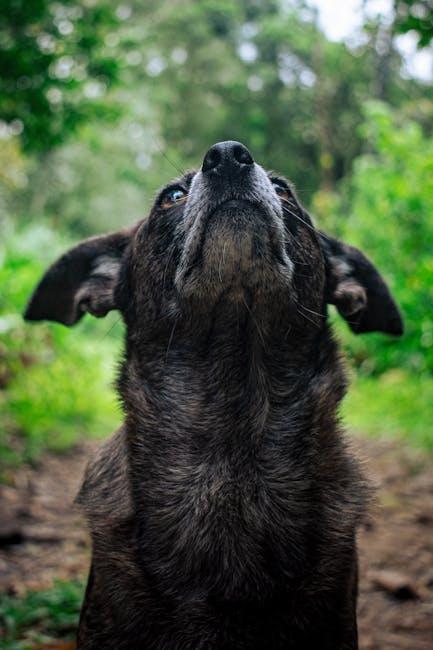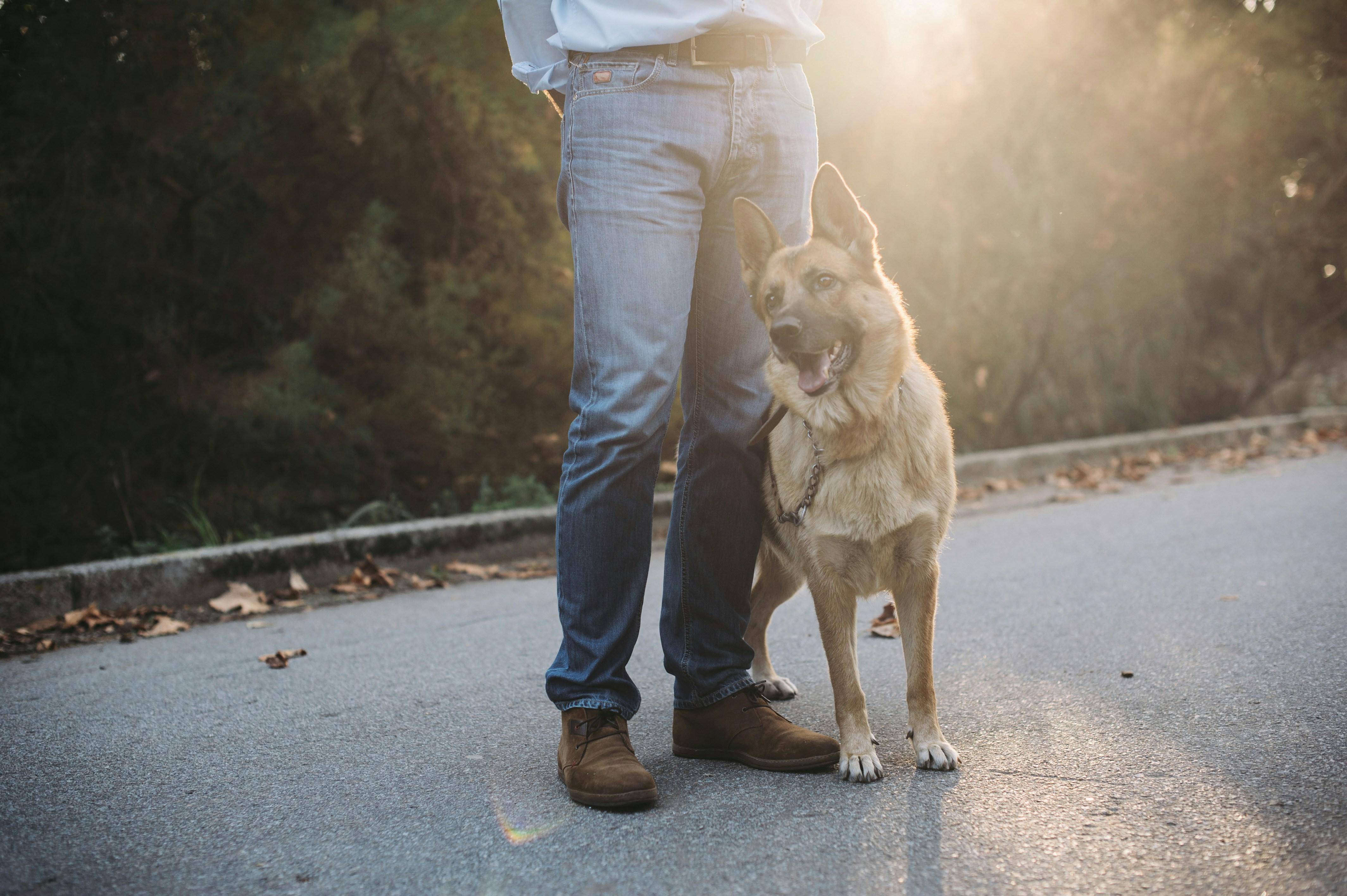How to stop a dog from lunging at other pets

Lunging at other pets is a common behavioral issue that many dog owners face, often leading to stressful walks and strained relationships with other pet owners. Understanding why your dog lunges and learning how to address this behavior can transform your daily outings into peaceful and enjoyable experiences. This article provides practical strategies and techniques to help you manage and modify your dog’s tendency to lunge at other animals. By implementing these methods, you can promote a safer and more harmonious environment for both your pet and those around you. Whether you’re dealing with a young, excitable puppy or an older dog with ingrained habits, these steps will guide you towards a more controlled and pleasant interaction with other pets.
Understanding the Root Causes of Lunging Behavior
To effectively address lunging behavior in dogs, it’s essential to delve into the underlying causes that trigger this reaction. Dogs may lunge at other pets for various reasons, and understanding these can aid in tailoring a more effective training strategy. Some common triggers include:
- Fear or Anxiety: Dogs may lunge when they feel threatened or anxious around other animals. This behavior often stems from a lack of socialization or negative past experiences.
- Excitement or Overstimulation: For some dogs, lunging is a way of expressing excitement, especially if they see another pet as a potential playmate. This is often observed in younger, more energetic dogs.
- Territorial Behavior: Dogs are naturally territorial, and lunging can be an instinctive response to protect their perceived space from intruders.
- Frustration: A dog on a leash may lunge out of frustration, particularly if they are restrained from interacting with other animals. This is sometimes referred to as ”leash aggression.”
Identifying which of these factors—or a combination thereof—contributes to your dog’s lunging behavior is crucial. By pinpointing the root cause, you can implement more effective training techniques, ensuring a calmer and more controlled environment for both your dog and other pets.

Implementing Positive Reinforcement Techniques
When your dog lunges at other pets, it’s often an instinctive reaction driven by excitement or anxiety. Implementing positive reinforcement can be a powerful way to reshape this behavior. Start by observing your dog’s body language and identify the triggers that cause lunging. The moment your dog remains calm upon seeing another pet, reward them with a treat or verbal praise. Consistency is key: always reward the desired behavior to help your dog associate calmness with positive outcomes.
- Timing: Ensure that the reward is given immediately after the desired behavior to strengthen the association.
- Rewards: Use high-value treats that your dog loves and reserve them exclusively for training sessions.
- Distance: Initially, maintain a comfortable distance from other pets to reduce anxiety, gradually decreasing this as your dog becomes more relaxed.
- Alternative Behavior: Teach your dog a simple command, like “sit” or “focus,” and reward them for performing it instead of lunging.
By creating a positive association with calm behavior, you can gradually reduce your dog’s tendency to lunge at other pets, fostering a more peaceful interaction. Remember, patience and persistence are crucial in reinforcing these new habits.

Utilizing Consistent Training Routines
Implementing a consistent training routine can significantly help in managing your dog’s behavior when encountering other pets. Establish a daily schedule that includes focused training sessions, ideally at the same time each day. This regularity reinforces positive behavior and helps your dog understand expectations. Start with basic commands like “sit,” “stay,” and “leave it,” gradually building up to more complex commands. Use positive reinforcement techniques, such as treats or verbal praise, to encourage good behavior.
- Identify Triggers: Pay attention to the situations or environments where your dog tends to lunge and incorporate those scenarios into your training routine.
- Controlled Exposure: Gradually expose your dog to other pets in a controlled setting, ensuring safety and minimizing stress for both animals.
- Short Sessions: Keep training sessions short to maintain your dog’s attention and prevent fatigue.
- Patience and Consistency: Be patient and consistent. Repetition is key to helping your dog learn new behaviors and unlearn undesirable ones.
By maintaining a structured routine, your dog will begin to understand and respect boundaries, leading to more peaceful interactions with other pets.
Introducing Controlled Socialization Sessions
One of the most effective strategies to prevent your dog from lunging at other pets is to engage in structured socialization activities. These sessions are designed to gradually expose your dog to various social scenarios in a controlled environment. Consistency and patience are key. Start by introducing your dog to a calm and well-behaved animal, preferably one they already know, in a neutral setting. Use a short leash to maintain control and offer treats as positive reinforcement when your dog exhibits calm behavior.
- Begin with distance: Keep a safe distance between your dog and the other pet, slowly decreasing it as your dog becomes more comfortable.
- Observe body language: Pay attention to your dog’s signals. If they seem anxious or overly excited, increase the distance and try again later.
- Practice regularly: Short, frequent sessions are more effective than occasional long ones.
- Incorporate commands: Reinforce basic commands like “sit” and “stay” to help your dog focus and stay calm.
Over time, these controlled encounters will help your dog learn appropriate social cues and behaviors, reducing the likelihood of lunging at other pets. Always ensure the safety of all animals involved and consult a professional trainer if needed.



